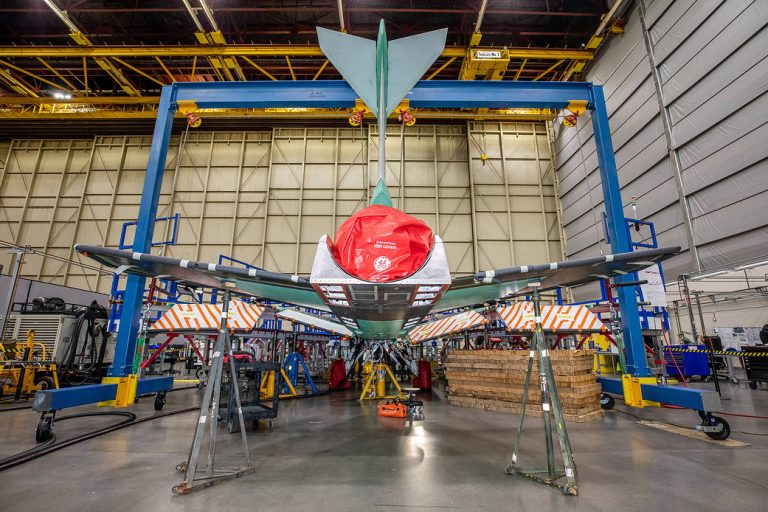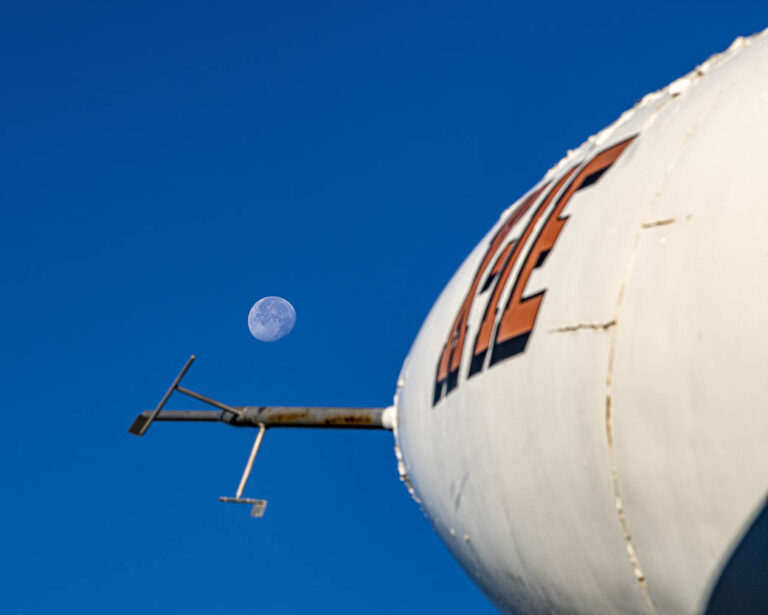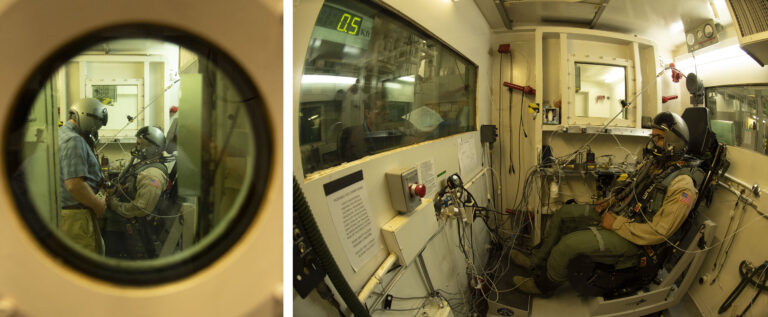NASA的X-59迈出了关键一步
NASA’s X-59 research aircraft moves from its construction site to the flight line – or the space between the hangar and the runway – at Lockheed Martin Skunk Works in Palmdale, California, on June 16, 2023. This milestone kicks off a series of ground tests to ensure the X-59 is safe and ready to fly. The X-59 is designed to fly faster than Mach 1 while reducing the resulting sonic boom to a thump for people on the ground. NASA will evaluate this technology during flight tests as part of the agency’s Quesst mission, which helps enable commercial supersonic air travel over land. Text Credit: Amiee Lomax Image Credit: Lockheed Martin 2023年6月16日,在加州帕姆代尔的洛克希德·马丁臭鼬工厂,NASA的X-59研究飞机从施工现场转移到飞行线上,或者说是机库和跑道之间的空间。这一里程碑开启了一系列地面测试,以确保X-59安全并准备好飞行。 X-59的设计飞行速度超过1马赫,同时将由此产生的音爆降低到对地面上的人来说砰砰作响的程度。NASA将在飞行测试中评估这项技术,作为该机构Quesst任务的一部分,该任务有助于实现商业超音速空中旅行。 文稿来源:Amiee Lomax 影像来源:Lockheed Martin








